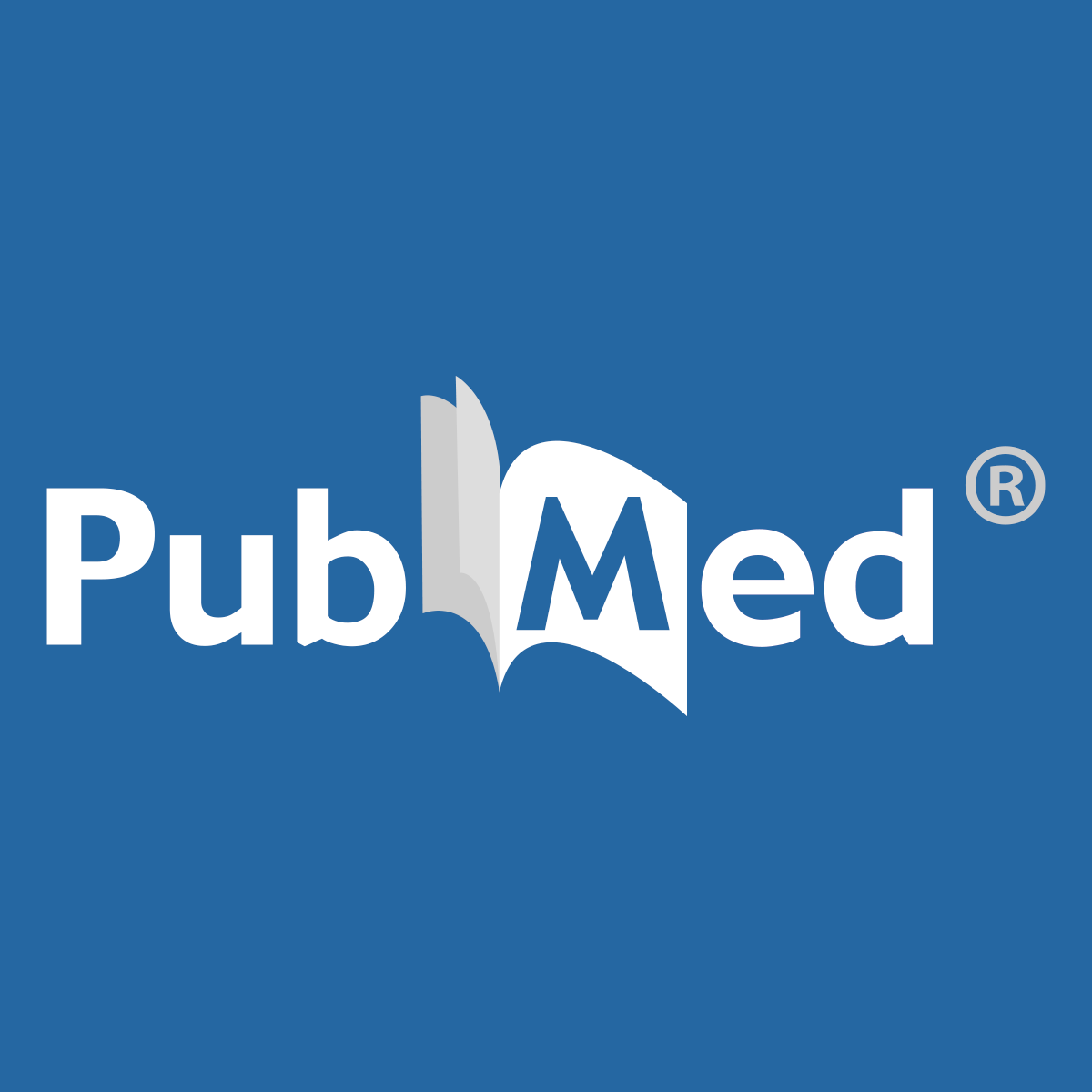Introduction: CHARGE syndrome (CS, OMIM 214800) is a rare genetic disease characterized by multiple congenital abnormalities, including coloboma, heart defect, atresia of the choanae, retardation of development, genital anomalies, and ear anomalies/deafness. The syndrome is mainly caused by a heterozygous variant in the chromodomain helicase DNA-binding protein 7 (
CHD7) gene that encodes the CHD7 protein, involved in the ATP-dependent remodeling of chromatin.
Methods: In this study, the next-generation sequencing targeted pane l was used to detect a de novo variant c.3523-2A#x3e;G in the
CHD7 gene in a patient with severe CS, congenital heart disease, left coloboma of the choroid, cryptorchidism, and congenital deafness. The Sanger sequencing confirmed the variant and clarified it as de novo variant by short tandem repeat analysis in the patient family. We analyzed the effect of a variant by Minigene assay to evaluate the pathogenicity of the variant.
Results: In summary, cDNA analysis confirmed that c.3523-2A#x3e;G variant activates a cryptic splice site, resulting in 172 base pair missing in exon 15, leading to the premature truncation of the
CHD7 protein (p.V1175Afs*11).
Conclusion: The present study functionally characterized the novel c.3523-2A#x3e;G variant in
CHD7, providing further confirmatory evidence that it is associated with CS.
ORL



